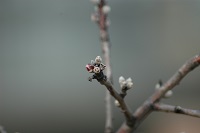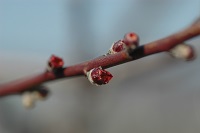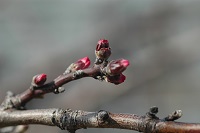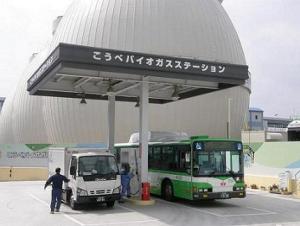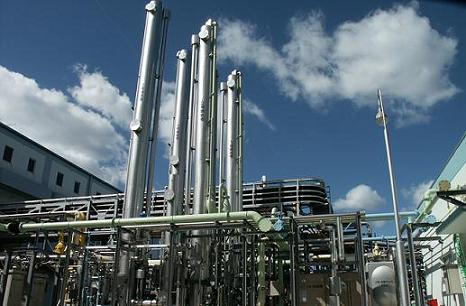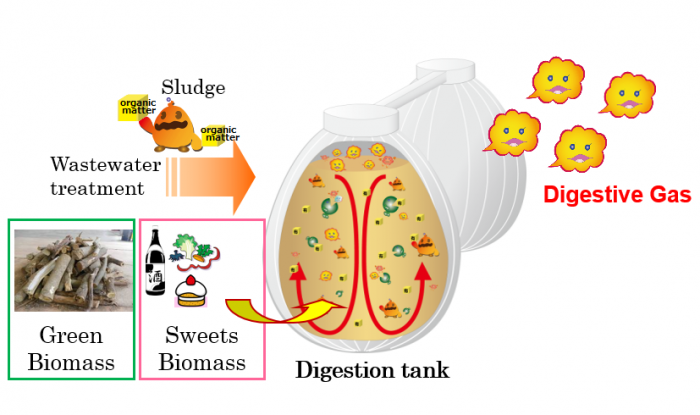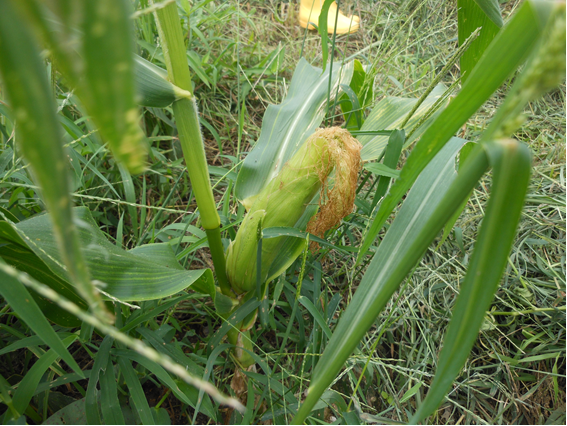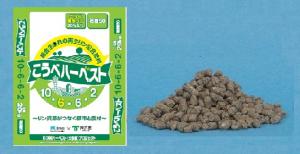ホーム > 住まい・水道・下水道 > 下水道 > 下水道の広報 > 下水道施設見学のご案内 > 東灘処理場
東灘処理場
最終更新日:2024年11月1日
ここから本文です。
 |
 |
 |
 |
 |
 |
東灘処理場は、神戸市で最も大きな下水処理場です。1995年の大震災で受けた壊滅的な被害から復興して、今では「こうべバイオガス」、「こうべ再生リン」などの地球環境にやさしい取り組みを先導しています。その東灘処理場は、「神戸 下水道の歩み館」、アーモンド並木がある 「水辺の遊歩道・うおざき」、そして 「下水道×アート×SDGsプロジェクト」など多くの皆様に親しまれる下水処理場を目指しています。
1.神戸 下水道の歩み館(KOBE AQUA GALLERY)
東灘処理場には、神戸市の下水道技術の情報発信拠点「神戸下水道の歩み館~KOBE AQUA GALLERY~」があります。
神戸 下水道の歩み館は、国土交通省によって、WES Hubの構成地方公共団体に認定された神戸市が、水環境技術を広く国内外に発信するために、2013年4月に東灘処理場にオープンしました。
日本の水・環境インフラ技術と政策を海外に積極的に提供し、日本の水ビジネス分野の海外展開を支援します。
一般の皆様にも楽しく見ていただくことができるよう、神戸市の下水道の歴史や新しい技術を紹介しています。
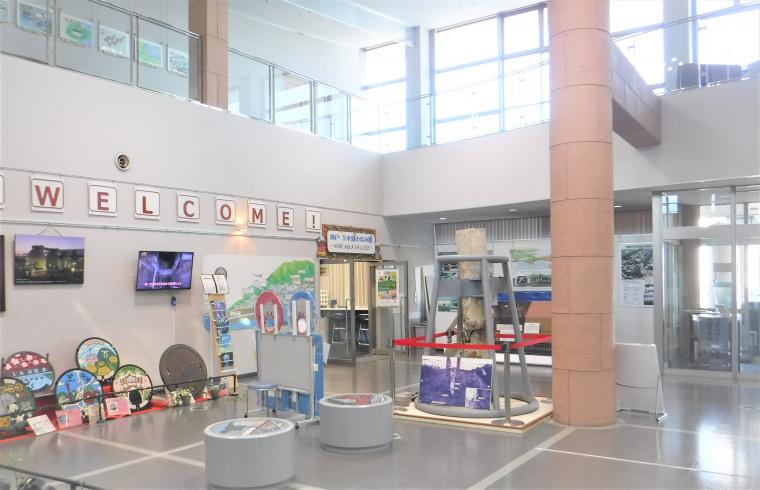 |
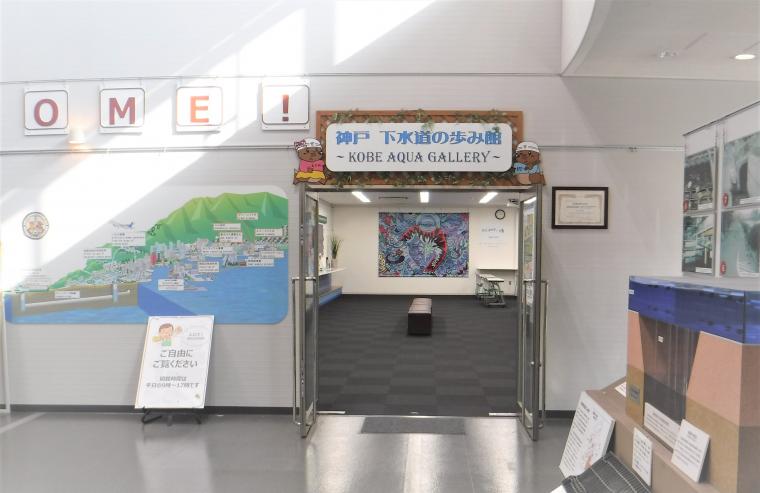 |
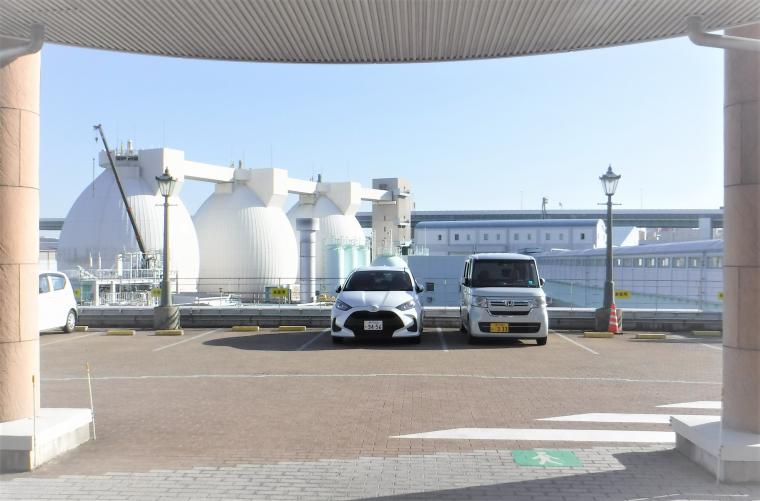 |
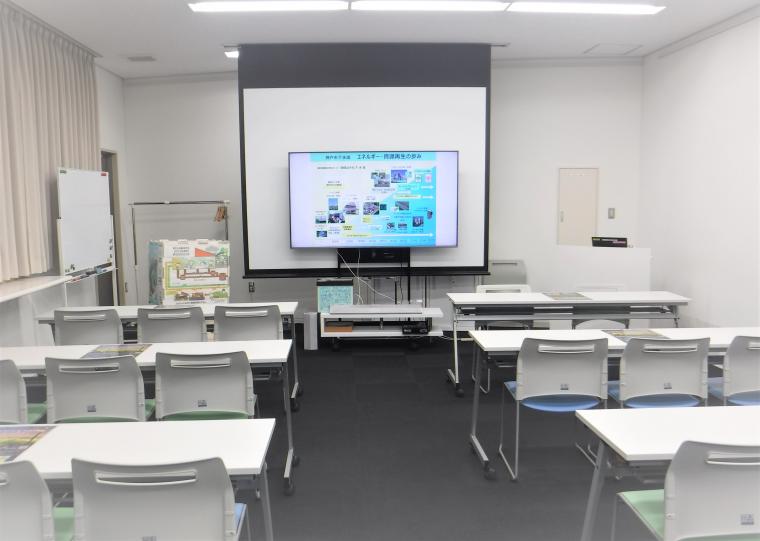 |
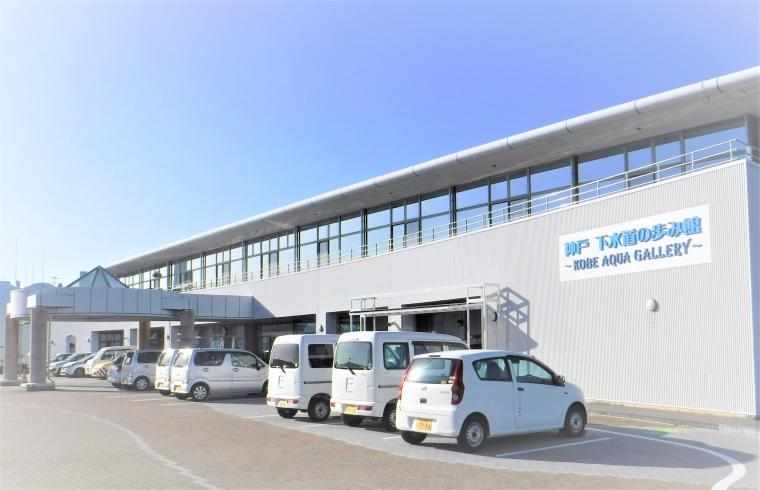 |
各展示コーナーと主なテーマ
展示1:下水道の強靭化と災害対策
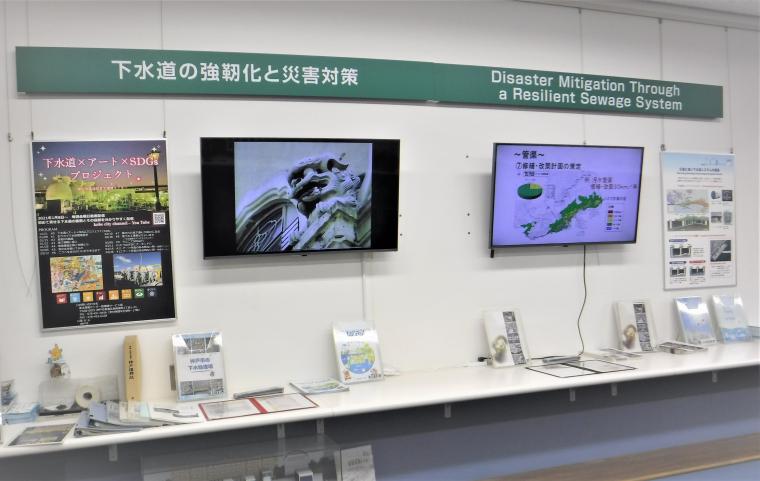 |
1995 年、阪神淡路大震災の下水道の被害と復興の取り組みを紹介します。
|
展示2:循環型社会への挑戦
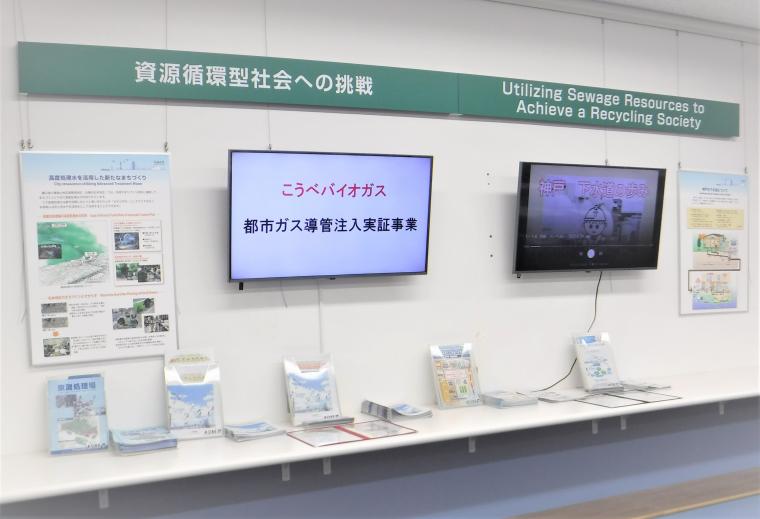 |
再生可能エネルギー、循環型資源など、下水道の可能性を広げる挑戦を紹介します。
|
展示3:神戸から世界へ
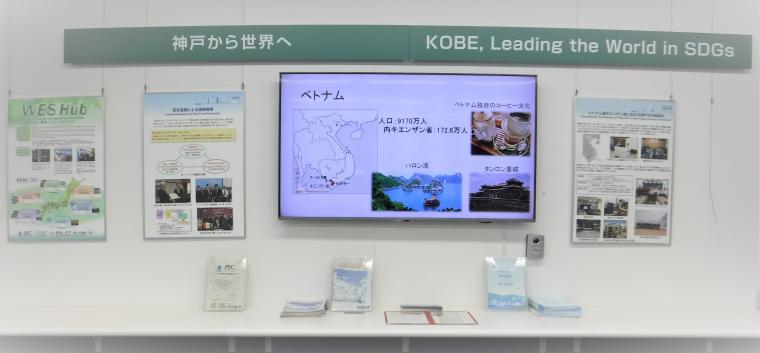 |
WES Hubは日本の水・環境インフラの技術と政策を海外に積極的に提供していくための連合体です。 |
展示4:企業・技術の紹介
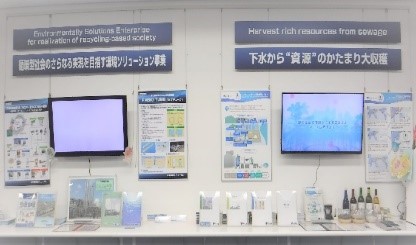 |
下水道の可能性を広げる挑戦に関連する、日本企業の「水・環境インフラの技術」を紹介します。
|
展示5:体験ゾーン
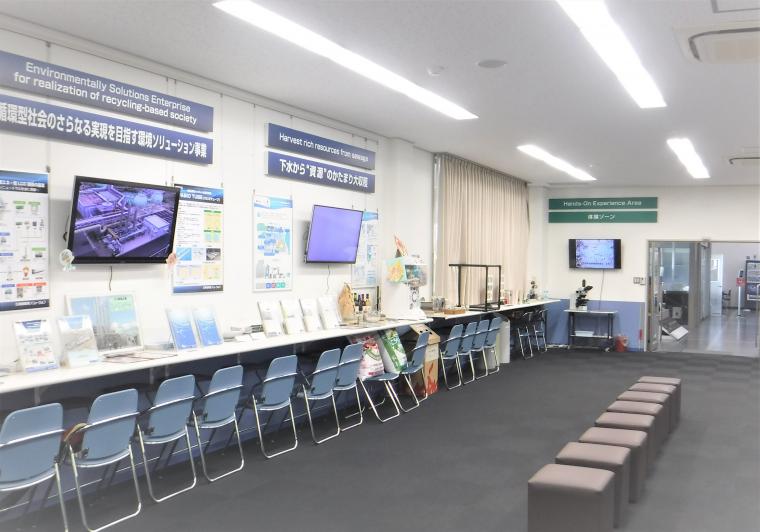 |
微生物や普段見ることのできない施設の映像資料などで、下水道の深層を体験。「こうべハーベスト肥料」の展示。 「こうべ再生リン」の小口販売機、MAP100グラム入りカプセルガチャ(1回100円)も人気です。
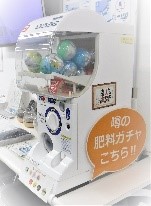 |
Artsの展示と説明スペース
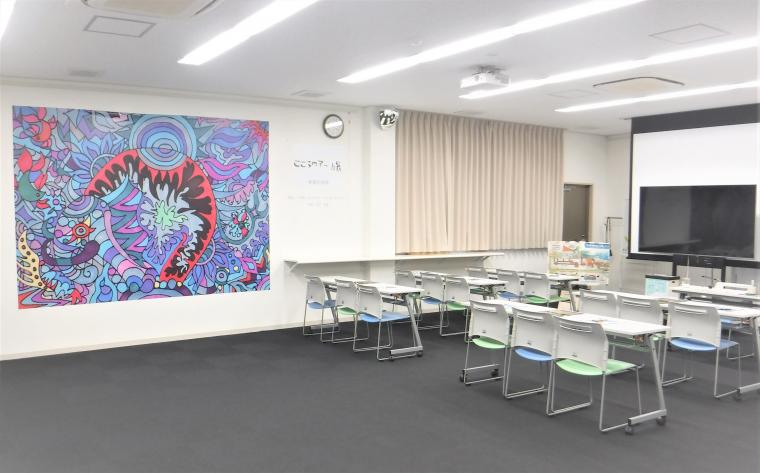 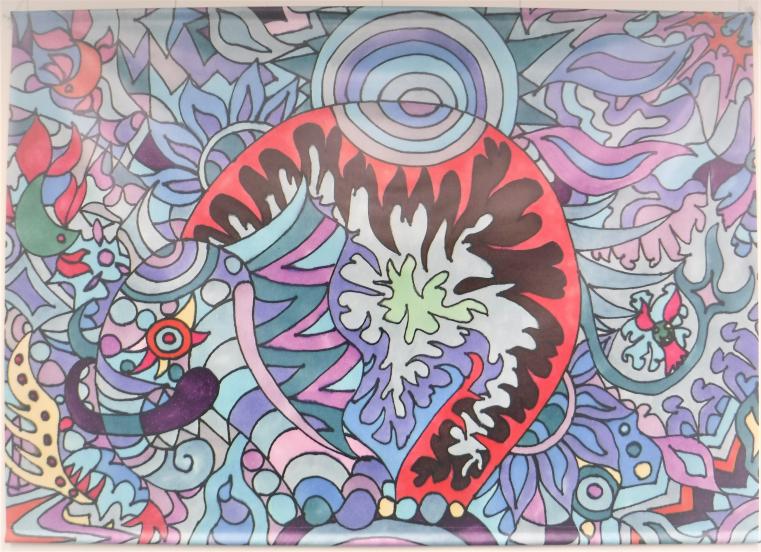 |
|
開館時間、説明図
- 開館時間:年末年始を除く、平日9時から17時まで。自由にご覧ください(無料)。
- 場所:神戸市建設局東水環境センター管理課内(東灘処理場)
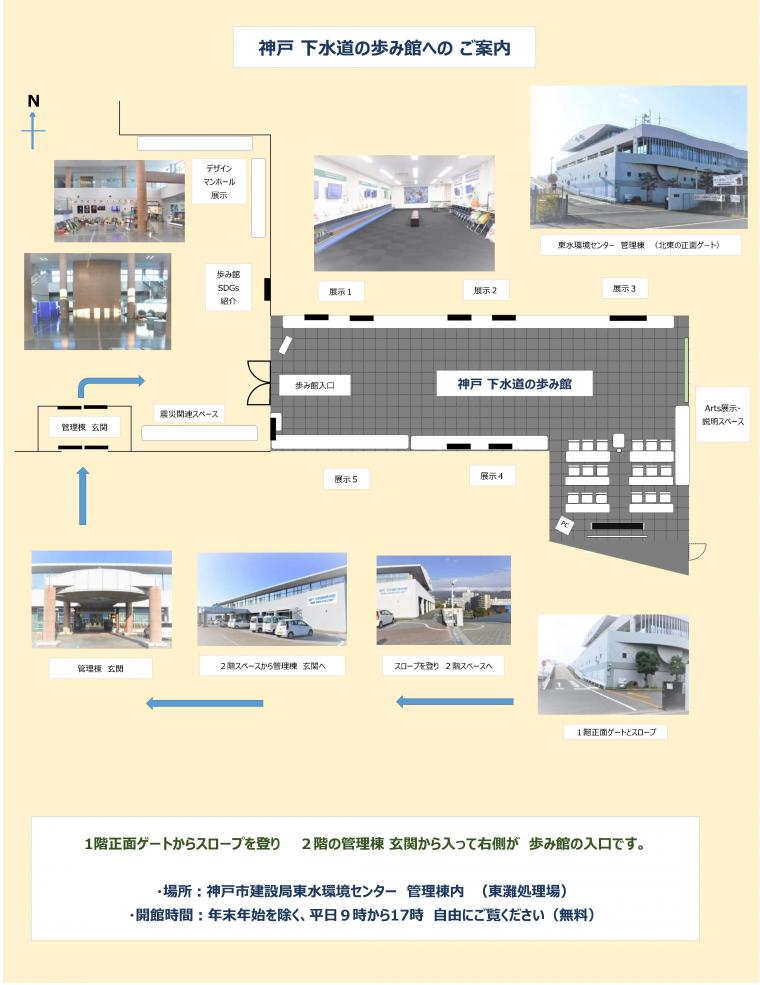 (PDF:497KB)
(PDF:497KB)
2.水辺の遊歩道・うおざき in 東灘処理場
東灘処理場には、兵庫県南部地震で大きく壊れた運河沿い護岸を復旧してできた遊歩道があります。運河には水鳥がやってきます。遊歩道にはアーモンド並木があります。春先にはきれいなピンクの花がいっせいに咲き誇ります。皆様のお越しをお待ちしています。
オープン時間は季節により異なりますのでご注意ください。
2月~10月:7時~18時
11月~1月:7時~17時(ただし年末年始を除きます)
なお上記時間帯であっても、並木の手入れや整備等により閉鎖する場合があります。
車ご利用の時は、東灘処理場(東水環境センター)の駐車場をご利用ください。
(1)水辺の遊歩道・うおざき ご案内図
画像をクリックするとPDFにてご覧いただけます。
(2)水辺の遊歩道・うおざき ギャラリー アーモンドの花
|
|
|
|
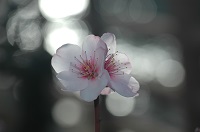 3月中旬 |
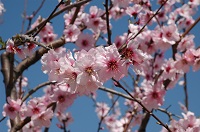 3月下旬 |
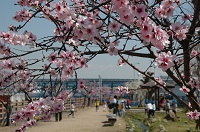 3月下旬 |
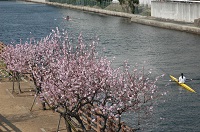 3月下旬 |
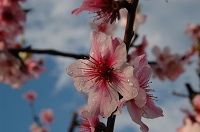 4月初旬 |
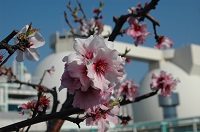 4月初旬 |
3.東灘処理場 施設見学申込方法
施設見学には3種類のコースがあり、それぞれ申込方法が異なります(すべてのコース、無料です)。
(1)フルコース
何より東灘処理場に興味がある個人、団体向けコースです(マンホールカード付)。
主に下水処理とバイオガス・再生リンをご案内します。
内容の変更や追加はご相談ください。見学時間は、1時間30分~2時間です。
見学可能日
平日9時から17時まで(ただし昼休みの12時から13時と年末年始を除きます)。
上記でも施設運転や突発的な事情で見学できないことがあります。
予約申込方法
- まず、電話で見学希望日をお伺いします。
078-451-0456(年末年始を除く平日9時~17時)東水環境センター管理課
- 日程が決まりましたら次に見学申込書を提出してください。
申込書は、「フルコース見学予約申込シート」(EXCEL:20KB)をダウンロードしてお使いください。
所定の事項を入力していただきましたら、東水環境センター宛アドレスに電子メールに添付して、送信してください(クリックによりメールソフトが起動し、東水環境センターのアドレスが自動的に入ります)。なお見学申込シートはFAXや郵送でお送りいただいても結構です。
FAX:078-453-6328 東水環境センター管理課
郵送先:〒658-0025神戸市東灘区魚崎南町2丁目1-23
神戸市建設局東水環境センター管理課サービス係 宛て
(2)マンホールカードコース
マンホールカードファン向け専用コースで、内容はフルコースの簡略版です。見学時間は原則として約1時間です。
申込方法など
くわしくは「神戸市のマンホールカード配布」 第1弾(王子動物園)をご覧ください。
(3) 小学校社会科見学コース
学校単位の見学申込で、主に4年生が対象です。見学時間は約1時間30分です。
見学可能日
平日9時から17時まで(ただし昼休みの12時から13時と年末年始を除きます)。
上記でも施設運転や突発的な事情で見学できないことがあります。
予約申込方法
電話で見学予約できます。078-451-0678(年末年始を除く平日9時~17時)東水環境センター施設課
東灘処理場までの道順
所在地/〒658-0025
神戸市東灘区魚崎南町2丁目1-23
- 阪神「魚崎」駅または「青木」駅から徒歩約20分
- JR「摂津本山」駅から市営バス34系統「魚崎中学校前」下車徒歩約5分
- JR「住吉」駅から市営バス35系統「魚崎南町2丁目」下車徒歩約5分
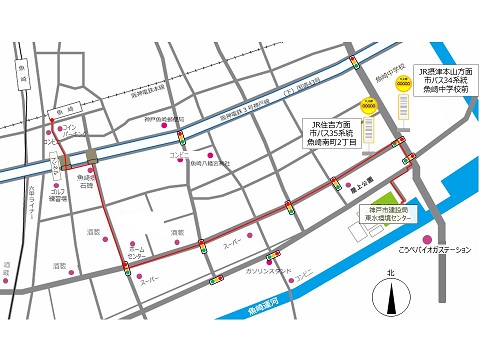 (PDF:295KB)
(PDF:295KB)画像をクリックするとPDFにてご覧いただけます。
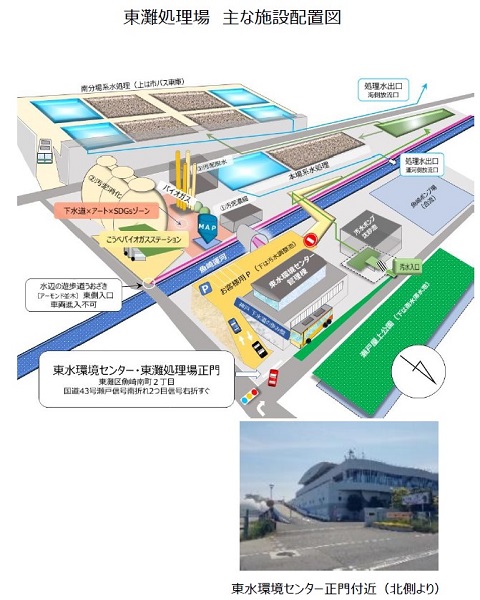 (PDF:264KB)
(PDF:264KB)見学をご検討中の皆様に!この動画を是非ご覧ください
下記の画像をクリックいただくとYouTube動画のページへ移行します。
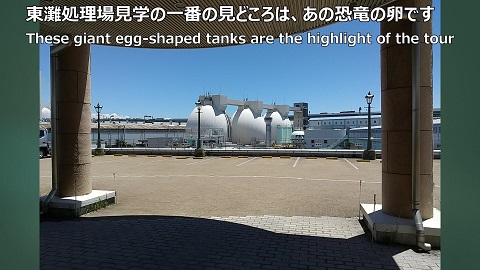
4.東灘処理場の取り組み
Initiatives at Higashinada Treatment Plant
はじめに東灘処理場は、1995年1月の阪神・淡路大震災により、最も大きな被害を受けました。今では復興を遂げただけでなく、再生エネルギーや再生リンなどの取り組みで、国内外から注目される処理場になりました。2012年には、国から「水・環境ソリューションハブ」に認定され、神戸が蓄積してきたさまざまな経験を国内外に発信するための情報発信拠点として位置づけられています。 |
IntroductionThe Higashinada treatment plant suffered the most damage from the Great Hanshin-Awaji Earthquake in January 1995. Now, not only has it been restored, but it has become a treatment plant that is attracting attention both domestically and internationally for its renewable energy and recycled phosphorus initiatives. In 2012, Kobe was certified as a "Water and Environmental Solutions Hub" by the government, and is positioned as an information dissemination base for disseminating the various experiences that Kobe has accumulated both domestically and internationally. |
阪神・淡路大震災による被害と復旧東灘処理場は、埋立護岸の崩壊により、大きな被害を受けました。特に水処理施設が水没したため、約100日間の処理停止を余儀なくされました。その間、処理場の横を流れる運河を一時的に締め切り沈殿池として使用する等の対策をとりました。その後、本格的な復旧に取組み、1999年3月末に完成しました。また、神戸市では、処理場を大口径、大深度の汚水管でつなぐ下水道ネットワークシステムにより、処理場間のバックアップを可能とすることで、都市の安全・安心に貢献する災害に強い下水道を構築しています。 |
Damage and recovery from the Great Hanshin-Awaji EarthquakeThe Higashinada Treatment Plant suffered significant damage due to the collapse of the reclaimed seawall. In particular, our water treatment facility was submerged, forcing us to suspend treatment for approximately 100 days. During this time, we took measures such as temporarily closing off the canal that runs beside the treatment plant and using it as a settling basin. After that, full-scale restoration efforts were undertaken, which were completed at the end of March 1999. In addition, Kobe City is building a disaster-resistant sewage system that contributes to the safety and security of the city by using a sewage network system that connects treatment plants with large-diameter, deep sewage pipes to enable backup between treatment plants. |
こうべバイオガス活用事業水処理工程から発生する汚泥を濃縮後、減量化と安定化を目的に嫌気性消化しています。このときに発生する消化ガス(成分;メタン約60%、二酸化炭素約40%)をメタン濃度98%に精製し、「こうべバイオガス」として2008年4月から自動車燃料として活用しています。
|
Kobe Biogas ProjectSludge generated from the water treatment process is concentrated and then subjected to anaerobic digestion to reduce and stabilize the volume. The digestion gas generated at this time (components: approximately 60% methane, approximately 40% carbon dioxide) is purified to a methane concentration of approximately 98%, and the high-quality gas that removes impurities is named "Kobe Biogas". It has been used as automobile fuel since April 2008. Additionally, from 2010 to 2021, as part of a demonstration project run by the Ministry of Economy, Trade and Industry, we were able to continuously inject city gas into pipelines by meeting city gas acceptance standards. Both of these initiatives are the first of their kind in Japan. In addition, power generation projects using Kobe Biogas are being conducted at three other treatment plants.
|
KOBE グリーン・スイーツプロジェクト2011年から2020年にかけて、国土交通省の下水道革新的技術実証事業として、未利用の食品系や木質系の地域バイオマスを下水汚泥に添加し、ガス発生量の増加と汚泥処理効率化を実証しました。この知見を活かして、2026年からは、さらに規模を拡大して、地域バイオマスの活用を事業化します。こうした取組みを通じて、再生可能エネルギーの地産地消モデルとして、低炭素・循環型社会の構築に貢献していきます。
|
Kobe Green Sweets ProjectFrom 2011 to 2020, as part of the Ministry of Land, Infrastructure, Transport and Tourism's innovative sewerage technology demonstration project, unused food-based and wood-based local biomass was added to sewage sludge to demonstrate increased gas generation and improved sludge treatment efficiency. Utilizing this knowledge, we will further expand the scale and commercialize the use of local biomass from 2026. Through these initiatives, we will contribute to building a low-carbon, recycling-oriented society as a model for local production and local consumption of renewable energy. |
KOBEハーベスト(大収穫)プロジェクトリンは植物の生育に欠かせない3大栄養素の一つですが、我が国ではほとんどを輸入に頼っています。一方で汚水には多量のリンが含まれ、水環境を保全するために処理場ではリンの除去をおこなっています。「KOBEハーベストプロジェクト」では、このリンを再生し農業用肥料などへ活用する取り組みを進めており、2012年に国土交通省の下水道革新的技術実証事業として、リン回収を開始しました。以降、肥料登録により品質が保証された「こうべ再生リン」を活用した、「こうべ旬菜」や「学校給食米」「日本酒米」などへの配合肥料の開発や地域での利用促進など、リン資源循環への貢献をめざしています。
|
Kobe Harvest ProjectPhosphorus is one of the three major nutrients essential for plant growth, but Japan relies on imports for most of it. On the other hand, wastewater contains large amounts of phosphorus, which is removed at treatment plants to preserve the water environment. The KOBE Harvest Project is working to regenerate this phosphorus and use it for agricultural fertilizers, etc. In 2012, we began recovering phosphorus as part of the Ministry of Land, Infrastructure, Transport and Tourism's innovative sewerage technology demonstration project. Since then, we have been developing compound fertilizers for ``Kobe Shunsai,'' ``School Lunch Rice,'' ``Sake Rice,'' etc. using ``Kobe Regenerated Phosphorus,'' whose quality has been guaranteed through fertilizer registration, and promoting its use in the region. We aim to contribute to resource circulation. |
処理水、高度処理水の活用および熱供給処理水は汚泥焼却施設で排気ガスの洗浄水として使用され、温度が上がった処理水の熱は、熱交換器を通って周囲の住宅の温水供給に利用しています。また、処理水をさらにオゾンで高度処理した「高度処理水」は、トイレ用水や修景用水などに活用しています。 |
Utilization of treated water, advanced treatment water and heat supplyThe treated water is used as exhaust gas cleaning water at the sludge incineration facility, and the heated treated water is used to supply hot water to surrounding residences through a heat exchanger. In addition, ``advanced treated water,'' which is treated water that is further treated with ozone, is used for toilet water, landscape water, etc. |
市民に開かれた処理場を目指して復旧した護岸の一部を遊歩道として整備し、市民の皆さまに開放しています。遊歩道には、アーモンドの木を植栽しています。 |
Aiming for a treatment plant open to citizensA portion of the restored seawall has been developed as a promenade and is open to the public. Almond trees are planted along the promenade. In March, when the almond trees are in full bloom, many people enjoy the beauty of the almond trees. |
東灘処理場主要データ運転開始:1962年 |
Higashinada treatment plant main dataStart of operation: 1962 Type of collection system: Separate sewer system (partially combined sewer system) Processing population: Approximately 390,000 people Treatment area: 37 square kilometers Processing capacity: 229,500 cubic meters/day Treatment method: Standard activated sludge method Sludge treatment: thickening, digestion, dewatering |
|
所在地/〒658-0025 電話: 078-451-0456 |
Address: Telephone: +81-78-451-0456 Hours: on weekdays (Monday to Friday), from 9 a.m. to 5 p.m. Closed: on Saturdays, Sundays, national holidays, and during the year-end and New Year holidays |
動画も合わせてご覧ください。
下記の画像をクリックいただくとYouTube動画のページへ移行します。
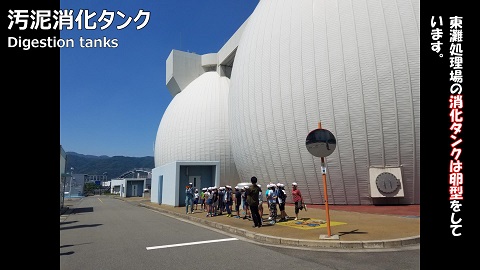
5.よくある質問と回答
「水辺の遊歩道・うおざき」はいつ開放されていますか
年末年始を除き、毎日開放しています。開放時間は、2月から10月は午前7時から午後6時まで、11月から1月までは午前7時から午後5時までです。
「水辺の遊歩道・うおざき」には自動車でいけますか
東水環境センターの来客用駐車場は数が少ないため、できるだけ公共交通機関をご利用ください。なお、近隣に有料駐車場はありますが、事前によくお調べください。
アーモンドの花の開花状況を教えてください
例年、3月中旬より開花が始まります。開花状況については1週間に1回程度、このホームページ内の「水辺の遊歩道・うおざき」でお知らせしています。

